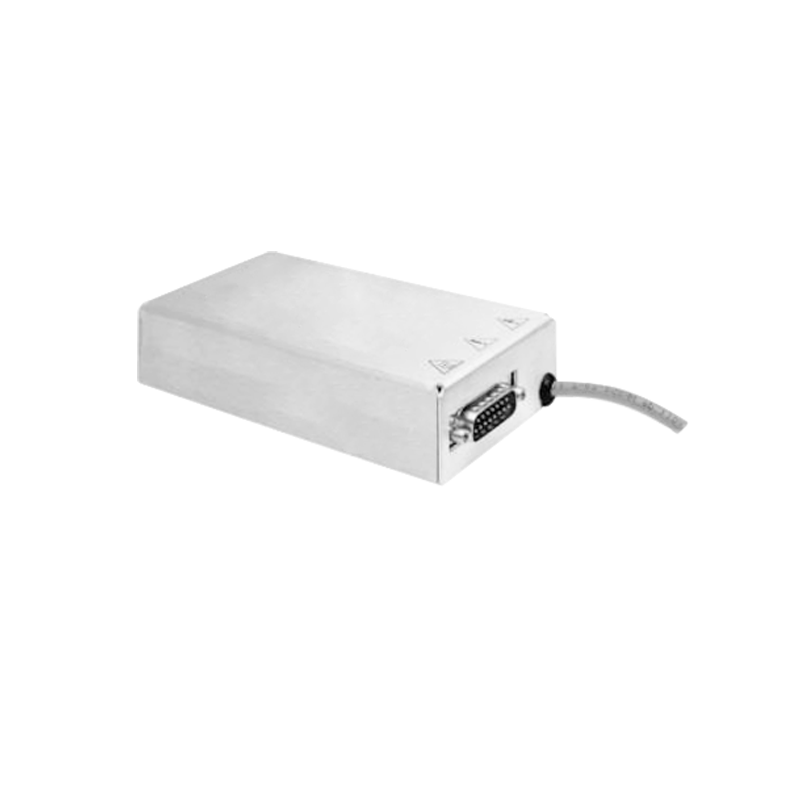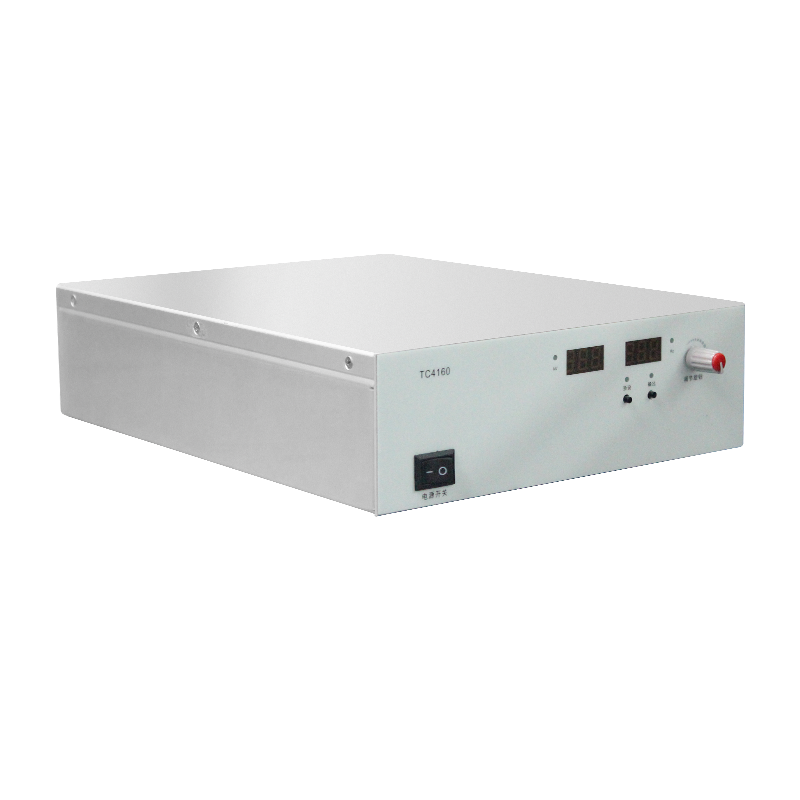Research on Transient Recovery Characteristics of High-Voltage Power Supplies for Lithography Machines
In semiconductor manufacturing, the precision of lithography machines directly determines the linewidth limits and yield of chips. As the power heart of these machines, the transient recovery characteristics of high-voltage power supplies—defined as the time and stability required to return to the set voltage/current after a load transient—have become critical for advancing nanometer-scale processes. This article examines the technical challenges, quantification methods, and optimization pathways for these characteristics.
1. Core Challenges of Transient Recovery
Lithography processes involve high-speed wafer stage movement, mask alignment, and exposure, where load currents can surge from a few amperes to hundreds of amperes within milliseconds. Such abrupt changes cause two major issues:
1. Voltage Oscillation and Precision Loss
Failure to stabilize voltage rapidly (e.g., fluctuations exceeding ±0.1%) leads to servo motor positioning errors. For instance, at the 10nm node, motor positioning accuracy must be within ±5nm. A power supply transient delay of 1μs can cause layer thickness errors exceeding ±1nm, significantly impacting yield.
2. Thermal Runaway Risk
High-voltage components (e.g., rectifier diodes) under frequent load transients generate instantaneous Joule heat if their reverse recovery time (trr) is insufficient. Combined with limited heat dissipation in enclosed lithography environments, this accelerates device aging and may trigger failures.
2. Quantification and Testing Methods
Transient recovery time must be measured via high-precision instruments and standardized protocols:
• Testing Principle: Simulate step current changes (e.g., 0.1A → 1A) using electronic loads, recording the power supply's output voltage from dropout to full recovery.
• Key Instruments:
• High-speed digital multimeters (sampling rate ≥1 MS/s) to capture microsecond-level fluctuations;
• Programmable electronic loads to generate precise current steps;
• Trigger systems set at threshold voltages (e.g., 95% of nominal value) to initiate acquisition and avoid noise interference.
• Core Metrics: Include recovery time (typically <100μs), overshoot voltage (suppressed to ≤5% of rated value), and steady-state error band (e.g., ±0.05%).
3. Technological Breakthrough Directions
Current research focuses on three paths to enhance transient performance:
1. Topology Innovations
• Redundant Architecture: Seamless primary/backup switching within <10ms to prevent single-point failures;
• Distributed Power Delivery: Replacing centralized supplies with parallel modules, reducing single-path load impact through current-sharing techniques.
2. Component-Level Optimization
• Fast-Recovery Diodes: Select diodes with trr <100ns to minimize rectification loop losses;
• Silicon Carbide (SiC) Devices: Leverage high switching frequency and temperature tolerance to improve response speed and efficiency.
3. Intelligent Control Algorithms
• Dynamic Load Prediction: Pre-adjust PWM duty cycles based on lithography motion trajectory;
• Adaptive PID Compensation: Inject compensating current during voltage drops to shorten recovery to microsecond levels.
4. Application Value and Future Prospects
Optimizing transient characteristics significantly boosts manufacturing efficiency: Tests show that every 1μs reduction in recovery time increases lithography machine utilization by 0.2% while reducing wafer scrap caused by voltage jitter. As processes advance below 3nm, power supply transient response requirements will tighten to nanosecond levels, necessitating interdisciplinary approaches like wide-bandgap semiconductors and AI-driven real-time control to break through bottlenecks in domestic lithography supply chains.




















